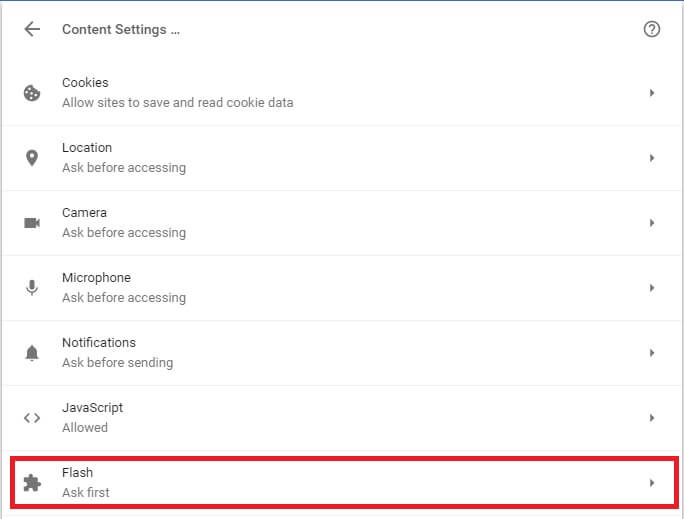

The IT administrator many modify the default updater settings of copies of the software distributed within an intranet.Distributor may suppress the display of end user license agreement in distributed copies of Acrobat Reader DC or Adobe AIR.Once update is available distributor will cease all reproduction and distribution of previous versions within 6 months of a new version being made commercially available.May updates Acrobat Reader DC that are made available on.Distributor will not disclose the location of distribution software.May not distribute any version of the Software found elsewhere including.Distribute only the version of this software provided to Distributor by Adobe.May distribute Software (excluding ARH) using ESD methods only on distributions intranet.May make a copy of an image on a distributor computer file server for the purpose of downloading and installing within the distributor’s intranet for internal use only.Please see Addendum for authorized operating systems.

Right to reproduce and distribute the software for complete installation and use of the unmodified Software on the Authorized operating systems on personal computers.I do not know if that is still the case so ymmv.Approved Software for Distribution for 1 year ( – )Īdobe Systems Incorporated and SLAM-Staff at UW-Milwaukee I didn’t think about this until I’d already cleared the files, but in the “olden days” you had to specify all three “special” attributes in the command (system, hidden, and read-only) in order to add/remove any of them, so that’s why I did it that way. With the system attribute gone, I was then able to delete the files and clear the vulnerability from Nessus. Turns out that all four files had the system attribute set, so in an elevated command prompt, navigated to the folder and ran “attrib *.* -s -h -r” which removed the system attribute. Those files were quite persistent even changing permissions and ownership to Everyone did not allow them to be deleted, but did result in the fun message, “You require permission from Everyone to make changes to this file.” The only issue I had was that the DISM command (at least on 2016) still left the four ActiveX files under c:\windows\system32\macromed\flash intact, three of which were still triggering our Nessus scanner as critical vulnerabilities.


 0 kommentar(er)
0 kommentar(er)
